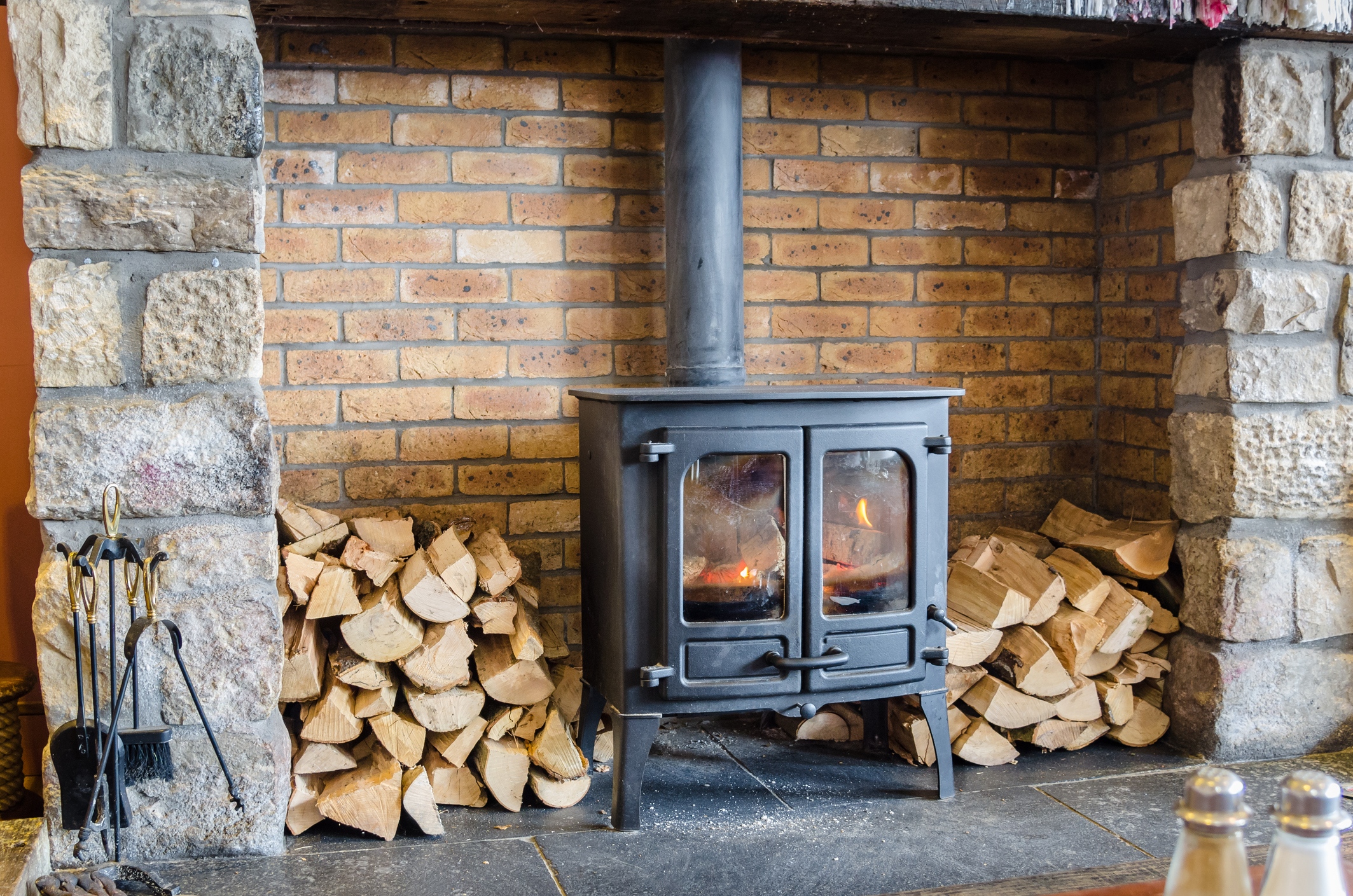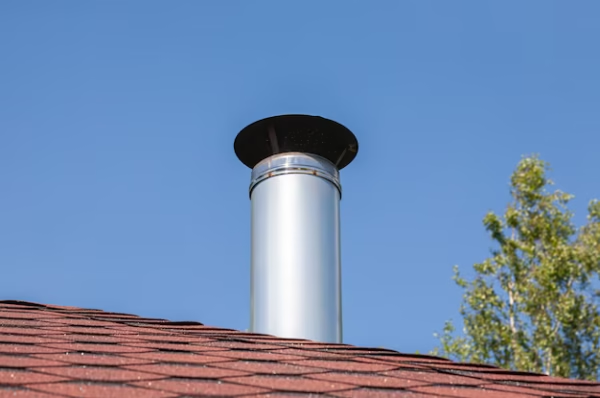There’s something truly special about the warmth of a wood-burning stove—especially during chilly Aussie winters. Whether you’re in the bush or the suburbs, a good heating system matters. But it’s not just about the stove. One of the most critical components that ensures performance, efficiency, and safety is the wood stove pipe, particularly when made from stainless steel.
Let’s take a deep dive into why stainless flue systems in Australia are essential, what makes them stand out, and how you can choose, install, and maintain them like a pro.
What Is a Wood Stove Pipe?
Definition and Function
A wood stove pipe is the component that connects the stove to the chimney or flue system. It acts as a conduit for smoke and combustion gases to exit your home safely.
Difference Between Stove Pipe and Chimney Flue
Many people mix up “stove pipe” and “chimney flue.” The stove pipe is for indoor use, while the flue (especially insulated ones) carries smoke through ceilings or walls and into the open air.
Benefits of Using Stainless Steel for Wood Stove Pipes
Corrosion Resistance
Australian climates vary from dry outback regions to salty coastal zones. Stainless steel handles them all without rusting.
High-Temperature Tolerance
Wood stoves can reach temps over 600°C. Stainless steel handles these extreme heats with ease.
Aesthetic Appeal
A stainless flue adds a modern, sleek look to both indoor and outdoor installations.
Components of a Wood Stove Flue System
Stove Pipe
Runs from the top of your wood stove to the start of the flue or chimney.
Thimble
Protects the area where the pipe passes through a wall.
Chimney Pipe
Often double or triple-walled and used for exterior venting.
Rain Cap
Prevents rain, debris, or birds from entering the flue.
Flashings and Brackets
Seal the system and stabilize it for long-term use.
Single-Wall vs Double-Wall Stove Pipes
When to Use Single-Wall
Best for open, well-ventilated areas with lots of clearance around the pipe.
Benefits of Double-Wall for Insulation
Double-wall pipes reduce clearance requirements, retain heat, and improve draft performance—ideal for tighter spaces.
Australian Standards and Compliance
AS/NZS 2918:2018 Explained
This is the gold standard for solid fuel heating appliances. It includes specific requirements for flue systems.
Clearance to Combustibles
You must maintain minimum distances between the flue and walls, floors, or ceilings—especially for single-wall pipes.
Certification Labels and Compliance Markings
Ensure your stainless flue kit is tested and marked to meet Aussie safety standards.
Choosing the Right Size and Configuration
Diameter Options
Common diameters range from 100mm to 200mm. Match the stove’s outlet for optimal draft.
Length and Section Types
Pipe sections come in increments (e.g., 300mm, 600mm, 1200mm). Choose based on your ceiling or wall height.
Straight Runs vs Offsets
A straight vertical pipe is best for performance, but elbows (usually 45°) can help in tight spaces.
Installation Guidelines
DIY vs Professional Install
While handy homeowners can install stove pipes, hiring a certified technician ensures compliance and peace of mind.
Clearances and Safety Precautions
Always use proper floor and wall heat shields, and maintain manufacturer-recommended spacing.
Typical Installation Process
- Measure and mark pipe layout
- Assemble pipe sections
- Attach thimbles, flashing, and cap
- Seal and test system
Ventilation and Draft Control
Importance of Proper Draft
Draft pulls combustion gases up and out. Poor draft means smoke spillage and creosote buildup.
Using Dampers and Air Controls
Manual dampers allow you to regulate airflow and maintain steady burns.
Dealing with Downdrafts
Wind, chimney height, or cold flue issues? Consider a cowl or extending the pipe.
Indoor vs Outdoor Wood Stove Pipe Installations
Challenges with Indoor Pipes
Fire safety, ventilation, and compliance are top concerns. Always use double-wall indoors.
Considerations for Outdoor Stoves
Outdoor setups have more flexibility but still require rain caps and sturdy support.
Maintenance Tips for Stainless Steel Stove Pipes
How Often Should You Clean?
Check every 2–3 months during heavy use. Clean thoroughly at least once per season.
Signs of Wear or Blockage
Rust, black soot buildup, or slow draft are signs it’s time for maintenance.
Preventing Creosote Build-up
Burn dry wood, keep the fire hot, and clean the pipe regularly.
Cost of Stainless Flue Systems in Australia
Price Breakdown by Component
- Stove Pipe: $50–$150
- Chimney Pipe (insulated): $100–$300
- Rain Cap: $50–$100
- Installation Accessories: $20–$100
Installation Costs
Professional installation ranges from $300 to $900 depending on access and system complexity.
Best Stainless Flue Brands in Australia
StainlessFlue AU
Known for custom stainless systems with full certification.
Maxiheat
Affordable and accessible through retailers like Bunnings.
Nectre and Others
Trusted Aussie brands offering complete heating and flue solutions.
Where to Buy Wood Stove Pipe Kits in Australia
Bunnings and Mitre 10
Good for standard kits and accessories.
Online Specialty Stores
Websites like EcoFire and Wood Heaters Australia offer complete kits.
Local Fireplace Retailers
Great for advice, product demos, and tailored solutions.
Customer Reviews and Testimonials
User Experiences with Stainless Flue Systems
“Upgraded from black steel to stainless—night and day difference!”
Common Pros and Cons Shared
Pros: Durable, heat-efficient, easy to clean
Cons: Higher upfront cost, may require pro install
Conclusion
Whether you’re heating a cabin in Tasmania or a rural property in New South Wales, a reliable stainless steel wood stove pipe system is non-negotiable. It ensures safety, maximizes stove performance, and gives peace of mind for years. Invest wisely, follow Aussie standards, and you’ll enjoy crackling fires all winter long—without the smoke and stress.
FAQs
1. How long does a stainless steel wood stove pipe last?
Up to 15–20 years with proper care and cleaning.
2. Can I install a wood stove pipe through a wall?
Yes, but use a thimble and proper shielding for safety.
3. Do I need a double-wall pipe for my wood stove?
If installing indoors or near combustibles, absolutely.
4. How do I clean a stainless steel flue?
Use a chimney brush or hire a certified sweep annually.
5. What’s the safest type of flue for indoor stoves?
A certified, insulated double-wall stainless steel flue is the safest and most efficient choice.




